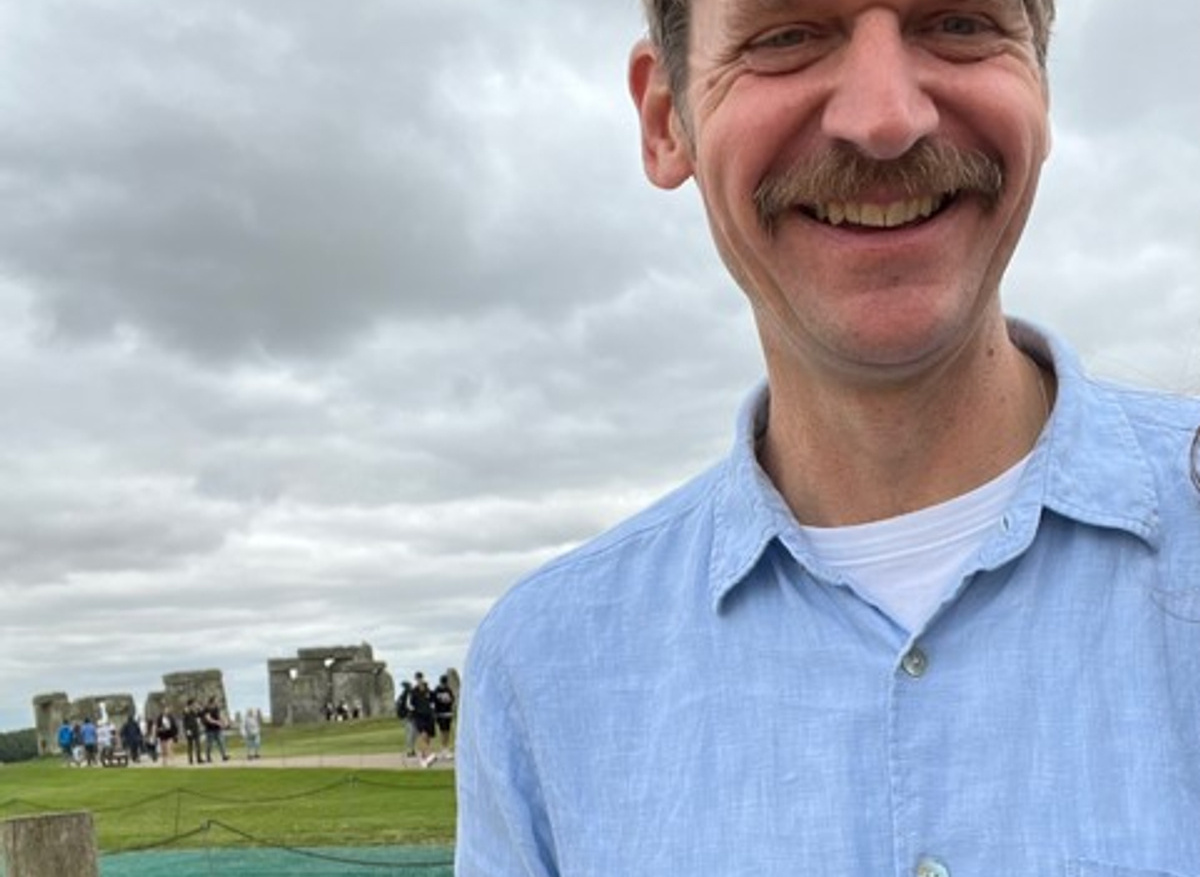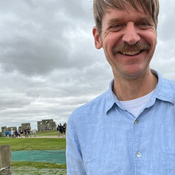I am an Aerial Survey Investigator working in Historic England’s Aerial Survey Team and one of my roles is contributing to our Reconnaissance Recording project. This project runs alongside Historic England’s aerial reconnaissance flights which were the subject of Robyn Andrews’s blog published as part of last year’s ‘A Day in Archaeology’. While Historic England’s airborne archaeologists identify and photograph sites, my role as an air photo interpreter is to analyse these images, interpret the archaeological remains and create a monument record describing each site.
The digital photographs are passed to me, and each flight can contain hundreds of images covering dozens of different sites. The photos may show earthworks, scheduled monuments or buried sites seen as cropmarks. Although they have been seen and photographed from the air it is my job to provide a detailed interpretation of the archaeology. A wide variety of buried sites may form cropmarks and features on aerial photographs may be prehistoric, Roman, medieval, post-medieval or even more recent. However, geological features (such as fissures and frost-cracks), pipelines, removed field boundaries and modern farming activity can also produce cropmarks that resemble archaeological monuments. It is my job to unpick this puzzle and identify the genuine archaeology.
Some photographs show a single archaeological site, but others consist of a complex jumble of marks which may represent the overlapping remains of different features from different periods. The interpretation of some of these sites can be helped by looking at old Ordnance Survey maps which I can access digitally. For some sites a different aerial view of the area can be helpful, and I refer to the aerial photo layers in online maps such Apple maps and Google Earth. I also have access to lidar (airborne laser scanning data) which is useful evaluating earthwork sites but, for some sites, has proved that what appears to be a cropmark site survives as a very low earthwork perhaps only a few centimetres high.
An exciting part of archaeology is the thrill of discovery and aerial reconnaissance is an enormously successful technique for discovering new sites. Every year hundreds of new sites are discovered from the air, continually adding to our understanding of the past. Important as the discovery and interpretation of these archaeological sites is, the value of this work lies in making these results widely available. The new records I write, or amendments I make to existing records on the Historic England research record, are can be viewed via Heritage Gateway. All the aerial photographs are also available to view online for free via the Aerial Photography Explorer (APEX).


